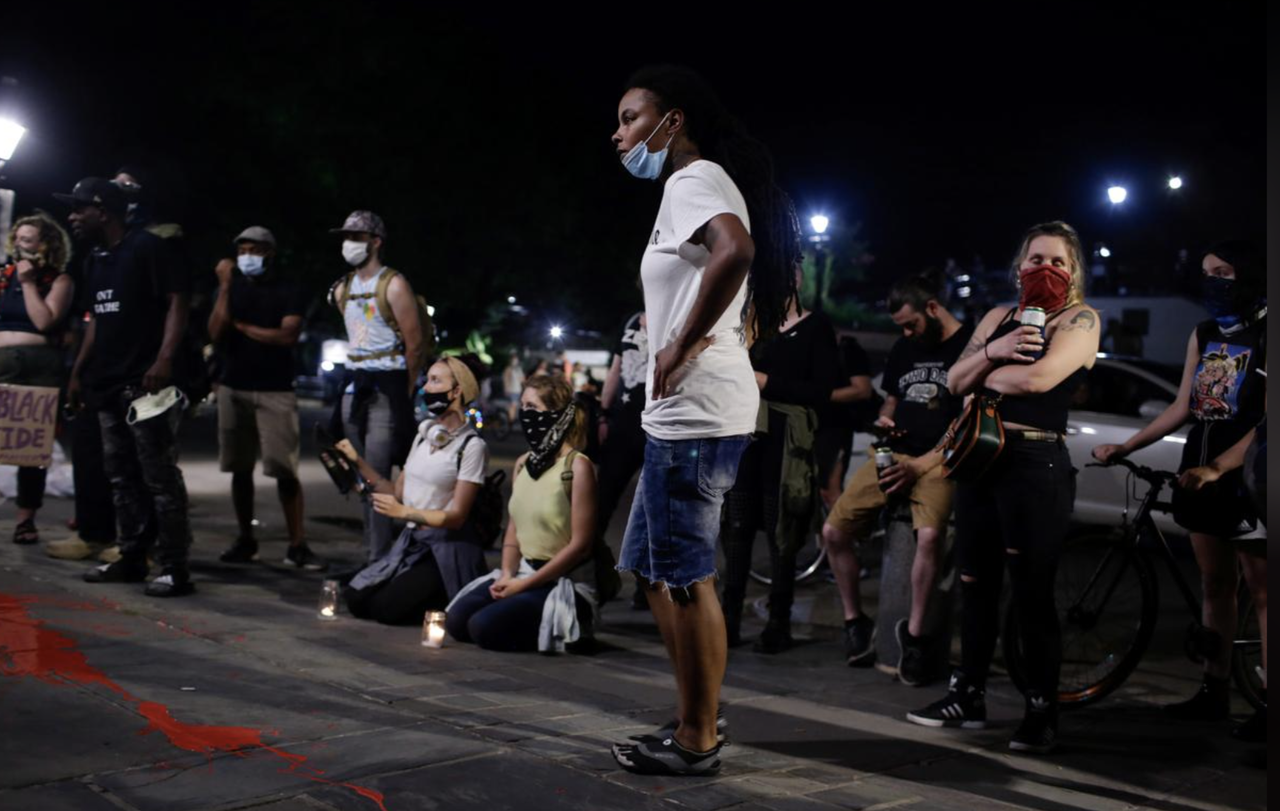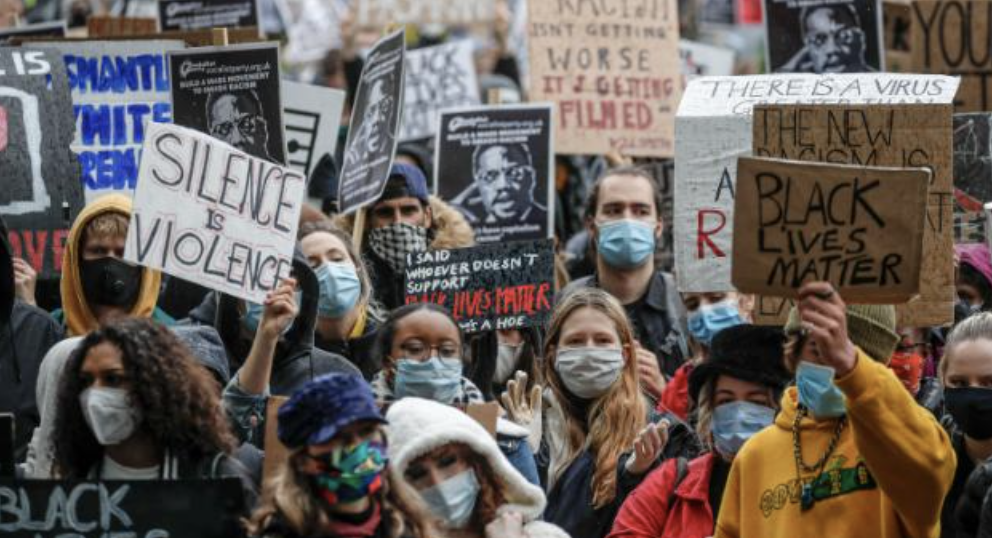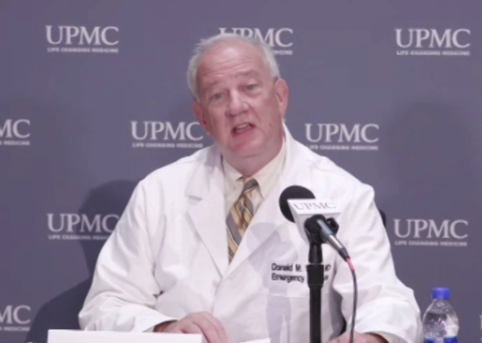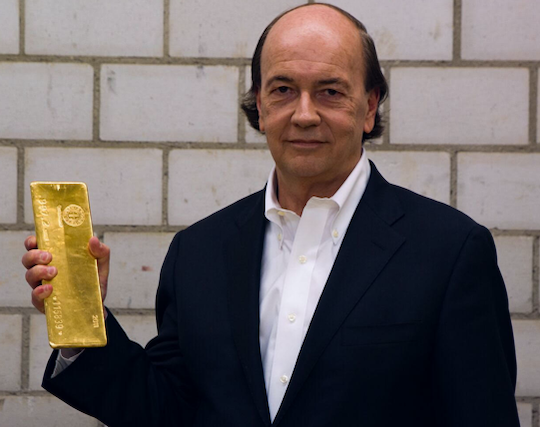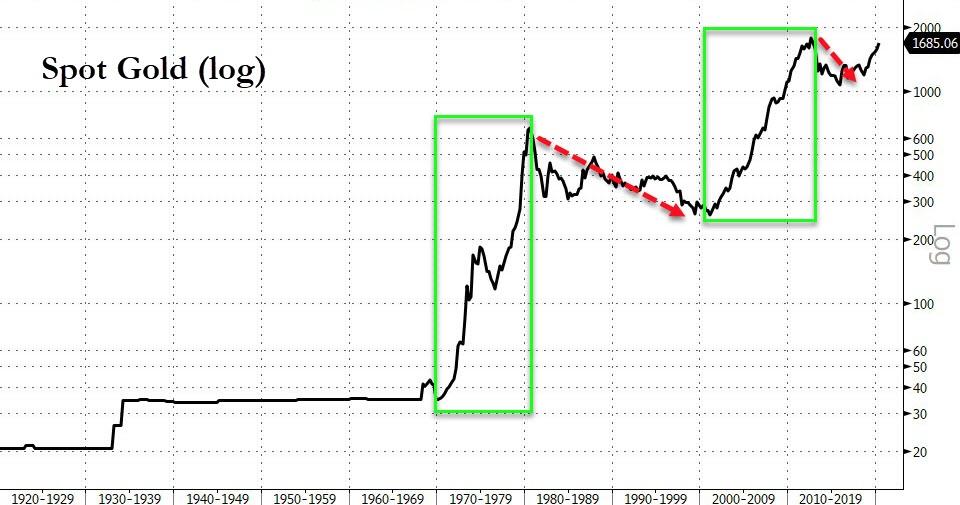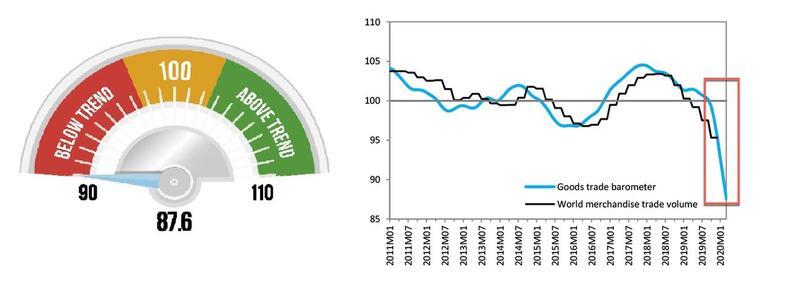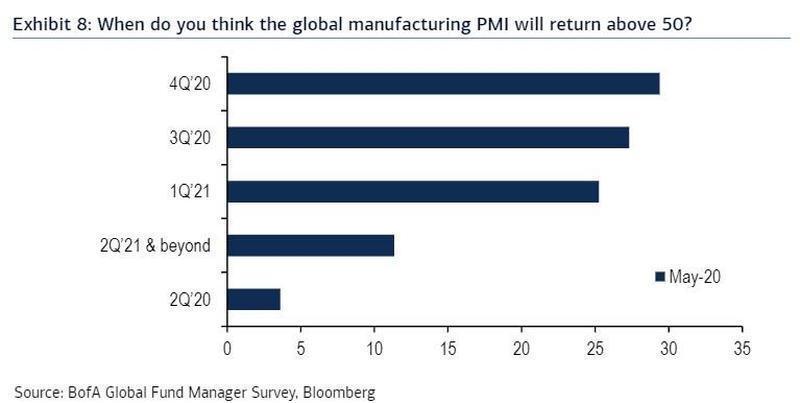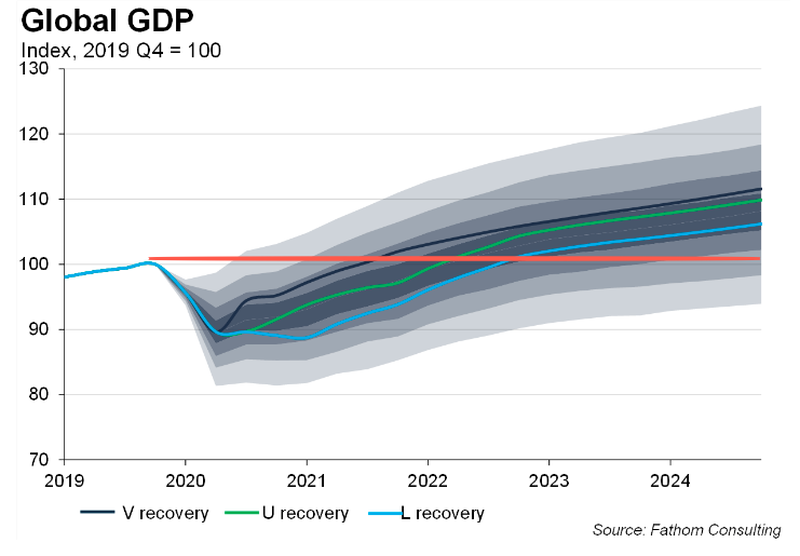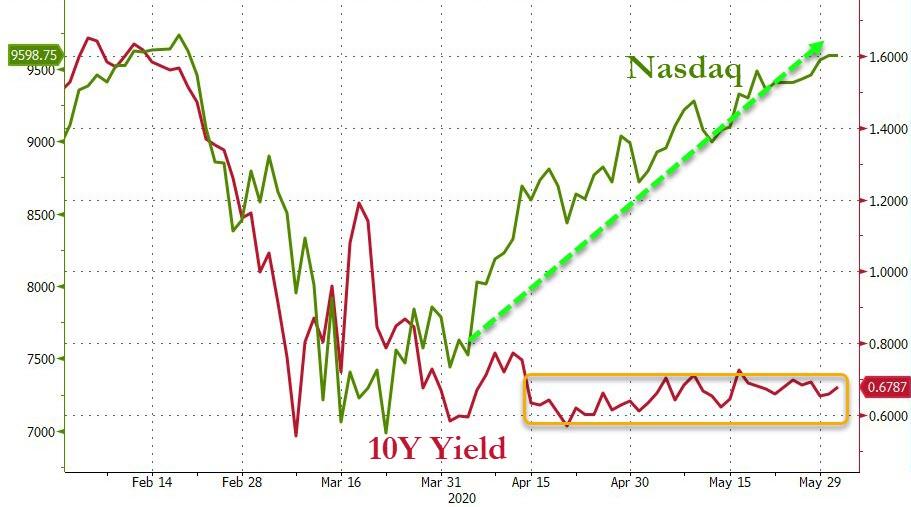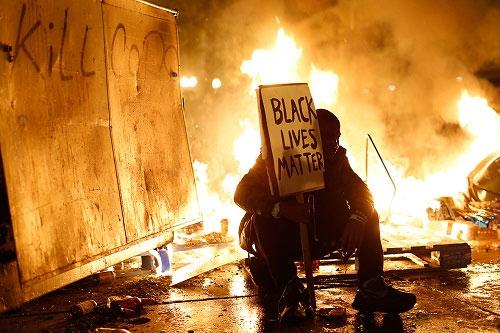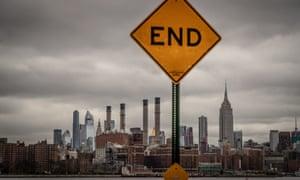Washington DC Police Brace For “One Of The Largest Demonstrations We’ve Ever Seen” On Saturday
Tyler Durden
Sat, 06/06/2020 – 09:59
Following more than a week of widespread peaceful protests pockmarked by occasional homicidal violence, arson, assault and looting, activists are hoping to assemble a massive demonstration in Washington DC, with some hoping to draw a million people to the capital just one day after Mayor Muriel Bowser renamed the street leading up to Lafayette Square after ‘Black Lives Matter’.
The bright yellow letters spelling out the words ‘Black Lives Matter’ were put in place for a reason: for what we imagine will be an extremely powerful photo op as police and national guardsmen move to disperse the crowds, revealing the message below as tyrannical Trump gazes out the window, twirls his mustache while cackling loudly.
Demonstrations against police brutality following George Floyd’s death are expected to continue for the 12th night on Saturday.
Though he didn’t give a crowd size estimate, the chief of the Washington DC police says he expects Saturday’s gathering to be one of the biggest so far.
“We have a lot of public, open source information to suggest that the event on this upcoming Saturday may be one of the largest we’ve ever had in the city,” Washington DC Police Chief Peter Newsham told local media, adding that much of the city center would be closed to traffic from early in the day.
Newsham did not give a crowd estimate. Local media has predicted tens of thousands of attendees.
Demonstrators in the Washington DC area are still sore over the national guard’s decision to use tear gas and rubber bullets to clear Lafayette Square for a presidential photo-op at St. John’s Church, angering the Episcopal Church in the process.
Further south, in North Carolina, Governor Roy Cooper is ordering all flags at state facilities to be lowered to half-staff from sunrise to sunset on Saturday to honor Floyd, who was born in Fayetteville. A televised memorial service will also be held in the city on Saturday, per USAToday.
On Friday, marches and gatherings took place in Atlanta, Los Angeles, Minneapolis, Miami, New York and Denver, among other places, while protesters massed again, in the rain, in front of the White House. The night-time protests were largely peaceful but tension remains high even as authorities in several places take steps to reform police procedures. Politicians and judges around the country also announced new restrictions on law enforcement powers and tactics, including a federal judge in Denver, who ordered city police to stop using tear gas, plastic bullets and other “less-than-lethal” devices such as flash grenades, claiming that too many peaceful protesters and journalists have been injured by police.
“These are peaceful demonstrators, journalists, and medics who have been targeted with extreme tactics meant to suppress riots, not to suppress demonstrations,” U.S. District Judge R. Brooke Jackson wrote in the ruling.
In Minneapolis, Democratic city leaders voted to end the use of knee restraints and choke-holds, where pressure is applied to the neck.
In California, Gov Gavin Newsom ended state police training of carotid restraints, and ordered officers not to use the tactic.
In New York, Gov Andrew Cuomo said his state should lead the way in passing “Say Their Name” reforms, including making police disciplinary records publicly available, while also banning the chokehold (which we thought had already been banned following the killing of Eric Garner).
“Mr Floyd’s murder was the breaking point,” Cuomo said. “People are saying ‘enough is enough’.”
The cause of the peaceful protesters received a major boost last night from the NFL, which admitted for the first time that it was “wrong” to oppose players who kneeled.
Once again, the demonstrators in the US expect sympathizers from around the world to join in, with more demonstrations at American embassies and consulates in Europe expected.
Already, thousands have gathered in London’s Parliament Square “in solidarity” with their American peers.
The protest, which has so far proven to be entirely peaceful, according to CNN. At one point, everybody too a knee in unison.
Once again Portland, Ore., roughly 20 adults were arrested and one juvenile was detained last night as peaceful demonstrations morphed into violent street battles into the night, as agitators threw bricks and bottles at cops.
via ZeroHedge News https://ift.tt/2UeIJWE Tyler Durden
